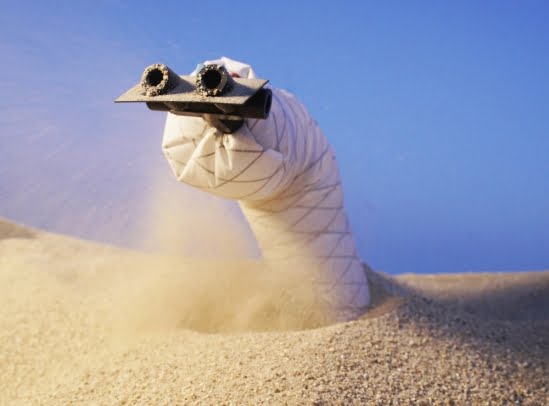Robots are great at exploring the land, sea, sky and space, but they are not very good at moving on the ground, perhaps digging. Now, the engineers ofUC Santa Barbara (UCSB) and Georgia Tech they developed a robot snake-like that uses a variety of methods to burrow into soft sand or soil.
Snakes have long been an inspiration for robots, thanks to their relative simplicity yet versatility in movement. As such, they were used to grab objects or explore environments such as sand dunes, seabed , pipes, deceased nuclear power plants and even the human body.
“The biggest challenges with moving through terrain are simply the forces involved,” he says Nicholas Naclerio, researcher in the laboratory of the UC Santa Barbara mechanical engineering professor Elliot Hawkes, (in the picture) lead author of the study.
A robot snake that knows its stuff
The new design begins with a soft robot that moves by “poking” out of one of its ends. This alone helps in underground missions: Since the tip is the only moving part, the friction is much lower than if the entire body were moving. To help the snake robot move even more easily, a device that blows air was attached to its tip: with that, the robot makes its way.
But there is another challenge: as it moved horizontally through the sand, the snake robot tended to rise up until it re-emerged to the surface. It's basic physics: there is much less pressure from the small amount of sand above the robot than there is in the compacted sand beneath it.
To fix this, the team made the robot also shoot air downward, reducing friction. The addition of a front wedge also helped smooth the ride.
The final result?
it is a small robot that can move with relative ease through dry and granular media. It can avoid obstacles by twisting and turning like a snake, or by diving into the sand and emerging on the other side.
The team says this design could come in handy for soil sampling and installing underground pipes and cables.



